This page may contain affiliate links. Read my full disclosure for more info.
I’ve used cold pressed castor oil on my hair for years and learned about Jamaican black castor oil some time ago. Recently, I came across Haitian black castor oil and was intrigued.
What was the story behind this lesser-known but much-celebrated oil? Read on to learn what I found out.
What we'll discuss in this post
What is lwil maskriti?
Lwil maskriti is the Haitian Creole name for Haitian black castor oil. It is also known as l’huile de ricin or l’huille palma kristi.
What is Haitian black castor oil made of?
Castor oil is made from Ricinus communis, the castor oil plant. The plant has seeds known as castor beans, which are pressed or cooked to release their oils.
To make Haitian and Jamaican black castor oil, the beans are roasted and boiled.
What color is Haitian black castor oil?
Castor oil ranges in color from clear yellow to golden brown.
Cold-pressed castor oil is pale yellow. It becomes more clear as it is refined, which may include bleaching.
The roasting process for black castor oil produces ash, which gives it its characteristic golden brown color. The term “liquid gold” is fitting.
How to make Haitian black castor oil
In order to make black castor oil by hand, castor beans are picked, dried, shelled, roasted and ground. This is traditionally done in a mortar and pestle. After the beans are ground, they are boiled. As the beans boil, they release their oils, which is then skimmed off and stored for use.
Castor beans contain a poison called ricin and can be highly allergenic, so it is not recommended to try making your own oil without experienced help. Thankfully, the poison does not make its way into the oil.
How cold pressed refined castor oil is made
In commercial applications, castor beans are often hulled with a mechanical dehuller, then cleaned by machines to remove stems, leaves, and other debris. They are then heated to dry them further, and ultimately pressed in a hydraulic press.
Though the beans are heated in this process, this is still known as “cold-pressing” since the temperature is kept low. However, cold pressing only releases about half of the oil, so higher temperatures are often used to increase the yield.
After pressing the seeds several times, the remaining oil is often extracted using a chemical solvent such as hexane. Look for “hexane free” on the label to avoid this chemical.
After extraction, the oil is filtered and purified, which includes bleaching, neutralizing, and deodorizing.
Castor oil that is produced in this manner has a shelf life of up to 12 months.
Haitian black castor oil vs Jamaican black castor oil
Both Haitian black castor oil and Jamaican black castor oil are made from the castor oil plant, so they are essentially the same.
However, there are differences in the way the beans are grown, harvested, and processed that can make black castor oil from one company different from another.
Some companies use more or less ash from the roasting process – some say that more ash offers more benefits to the hair and skin. Different filtration and refinement processes can be used after the oil is extracted.
Do your research to determine how the castor oil you are considering is produced. Look for unrefined, hexane free castor oil for the most benefits to your skin and hair.Click To Tweet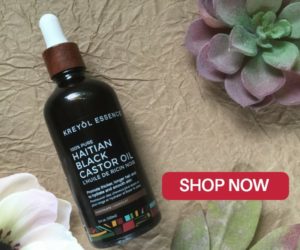 What is Haitian black castor oil good for?
What is Haitian black castor oil good for?
If you’re of Haitian descent you know the answer to this one – everything! Described as the ‘tussin of Haiti, black castor oil is used for everything from congestion to fever, pain, scars, hair growth, and everything in between.
Castor seeds have been found in Egyptian tombs dating back to 4000 BC. The oil was used to light lamps, and in the black kohl applied around the eyes to reduce sun glare.
In Ancient Greece, castor oil was used in hair and body ointments.
In the first half of the 20th century in the US, castor oil was given internally for a wide variety of ailments from ear infections to constipation. It was sometimes used as a punishment for children due to its unpleasant taste.
Today, many people use castor oil to moisturize and grow hair, thicken and grow eyelashes and eyebrows, and soften and heal corns, stretch marks, and scars.
Castor oil is 80-90% ricinoleic acid, which is responsible for its anti-inflammatory, anti-bacterial and anti-fungal properties. This promotes a healthy scalp which supports hair growth.
Castor oil is a humectant, so it draws water to itself, keeping hair and skin hydrated in the process.
How to use Haitian black castor oil
Castor oil is viscous, thick oil. It can be a bit tacky and harder to spread than other oils, but this quality also helps it to create a barrier that holds in moisture and keeps microbes out.
For healthy scalp: apply castor oil to the pads of the fingers and massage into the scalp, or use a dropper or applicator bottle to apply. Focus on the hairline if you have thinning. It’s important to use very gentle pressure to avoid scalp irritation or hair breakage.
For thicker hair: apply the oil to damp or dry hair starting from the ends and moving toward the scalp. I like to do this right before bed so that the warmth from my scarf or bonnet helps the oil to soften my hair and smooth flyaways. Wear a shower cap to intensify the warmth. Cover your pillowcase with a towel to protect it from oil stains.
For thicker eyebrows and eyelashes: many people use castor oil to thicken and grow eyelashes and eyebrows. Use your fingers or a spoolie to apply the oil once or twice a day, being careful not to get it in your eyes.
For skin care: many people use castor oil for the oil cleansing method (OCM), although others find that it clogs their pores (I’ve used the OCM with jojoba oil from time to time with good results). To hydrate and reduce the appearance of wrinkles, use the pads of your fingers to pat a small amount of castor oil around your eyes. To improve your cuticles and nails, pat a small amount at the base of each nail. It helps to apply the oil to damp skin to lock the moisture in.
A note on bad reactions
As with any product applied to the skin, especially on the face and around the eyes it’s always a good idea to do a patch test. This is even more important if you have sensitive skin. Unscented oils may be best for sensitive skin.
Kreyol Essence Haitian black castor oil review
Kreyol Essence is a Haitian-owned and operated producer of Haitian black castor oil. Their oil is unrefined, non-GMO, organic, vegan, and hexane free. This company’s products are the ones that initially sparked my interest in Haitian black castor oil.
The founder, Yve-Car Momperousse, was inspired to start her own company after a salon visit gone wrong that left her with clumps of hair falling out. After calling her mom to find out the name of the all-purpose oil she used as a child, she went on the hunt for black castor oil to restore her hair – and came up empty-handed.
In an interview with Madame Noire, she shared:
What I found was castor oil from China, India, and other places. They were all refined. They had hexane, bleach, and other additives. So, I jokingly said to my mom, “This is crazy. Can I get some of your stash from Haiti?”
From this pivotal conversation, Momperousse went on to establish Kreyol Essence; a socially conscious, ethical beauty company specializing in products from Haiti.
Kreyol Essence employs hundreds of people in Haiti, including many women that would not be able to obtain such employment otherwise. They have structured the company in a way that allows them to pay their farmers a fair wage.
Through the development of castor bean farms in Haiti, Kreyol Essence is making a positive impact on the environment by reducing soil erosion, greenhouse gas emissions, and mudslides. In addition, the company promotes a positive image of Haiti, which is extremely important for the economy as a whole.
After learning about Kreyol Essence and all that they are doing not just to make money but to impact and improve the world, I had to try their products!
Spoiler alert: I’m in love with this black castor oil
I have been using the Haitian black castor oil in the chocolate scent and I have to say I’m in love. As I mentioned, I have used cold pressed castor oil for years but I have never enjoyed it so much.
I’ve always bought the huge Home Health bottles of castor oil and used a couple tablespoons in my leave in conditioner. I transfer a small amount of it into a small bottle that I keep in my medicine cabinet, which I use to moisturize and smoothe my edges. The oil has an awful scent, so I added lemon essential oil to mask it.
That was working fine, but it’s nothing like the warm chocolate scent of the castor oil from Kreyol Essence. Of course, I ripped the box open and put it on as soon as I received my delivery. When my husband came in from work, he thought I was baking. He was disappointed that there were no cookies, but he wasn’t mad that it was me.
This oil also seems to have a better texture than my cold pressed – it’s still thick, but a bit smoother and less tacky. It penetrates and softens my hair more than the cold pressed. I appreciate that it comes in a glass bottle (although the 8 oz refill bottle is plastic) with a glass dropper.
So how do I use it?
I have been using my castor oil as a sealer when I do the LOC method. The last time I made my Kimmaytube leave-in conditioner, I used black castor instead of cold pressed. I’ve used it a few times on dry hair when I haven’t had the time to do a full remoisturizing routine. I rub it into my scalp sparingly.
My results
The short answer – it works, and I’m a convert.
After using HBCO, my hair is less frizzy, softer, and my ends are smoother. The humectant properties are apparent. I have worn a twist out a few times which I normally don’t because my ends get dried out too easily. Black castor oil helps my ends stay softer for much longer than usual.
I don’t usually get great results from applying oil to my dry hair, but this oil softens my hair even when applied dry.
One thing I don’t like about the bottle that the oil comes in is that I have trouble getting the dropper back in the bottle without scraping it against the opening. This sends my liquid gold dripping down the outside of the bottle. This is a minor inconvenience though, and I just scoop that oil up and use it along with the rest.
Where to buy Haitian black castor oil
I found Kreyol Essence on BLK+GRN, a fantastic online marketplace featuring all natural, ethically sourced, non-toxic and cruelty-free products from Black-owned companies.
I was so excited to find this company – their mission is right up my alley as I strive to live a natural lifestyle including but not limited to my hair. I also believe that economic empowerment is extremely important. After reviewing their site and contacting the owner, I knew they would be a great partner.
BLK+GRN carries Kreyol Essence and a variety of other products from home to self-care. The Kreyol Essence products are also available on Amazon and recently became available at Whole Foods.
Conclusion
Castor oil has been used for thousands of years and is still highly regarded by both lay people and cosmetic manufacturing companies.
If you want soft skin and healthy, growing hair, castor oil may be just what you need.
Like this article? Pin it for later!
For more natural health, beauty, and lifestyle inspiration, join me on Instagram and Pinterest.

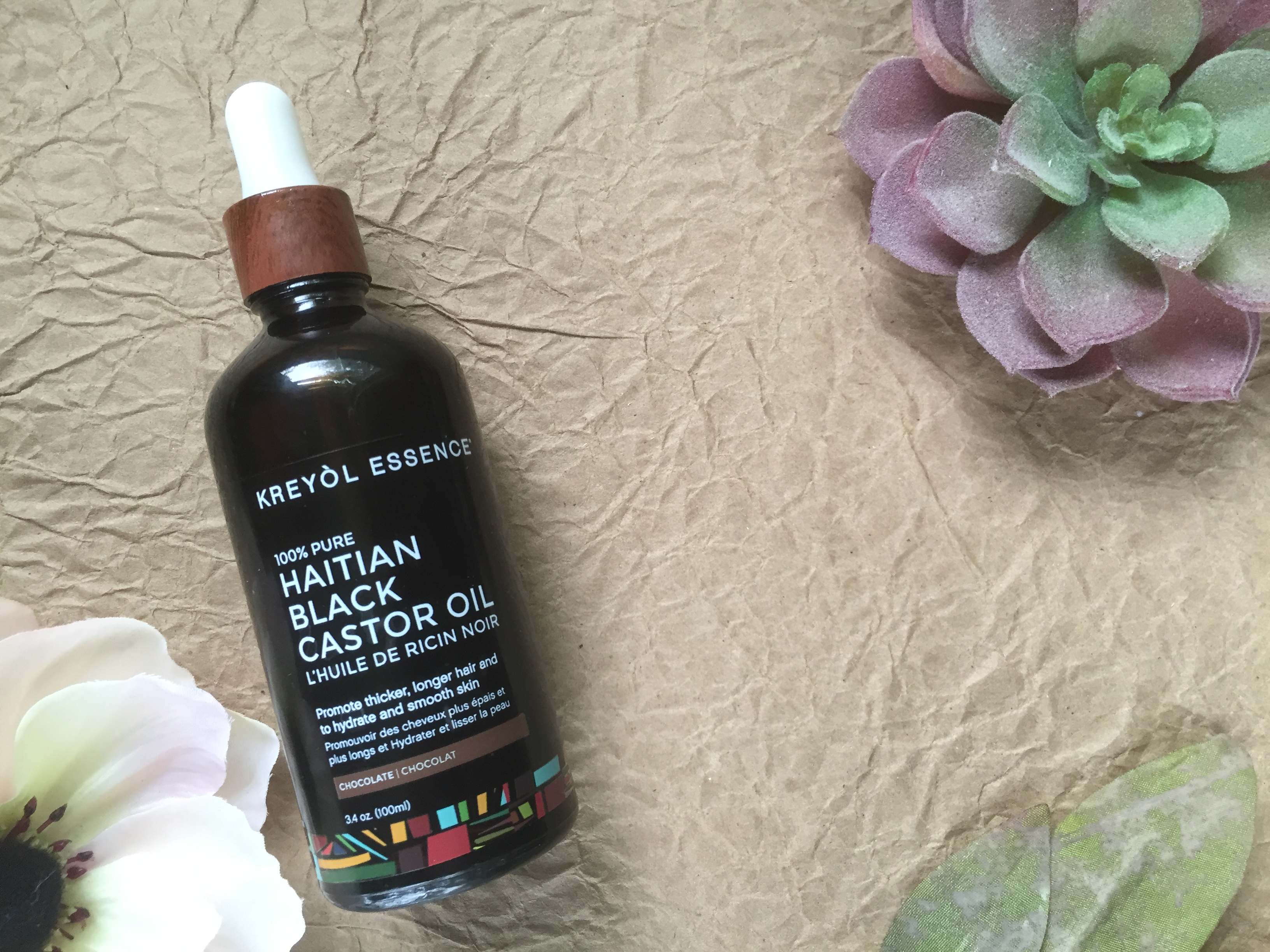
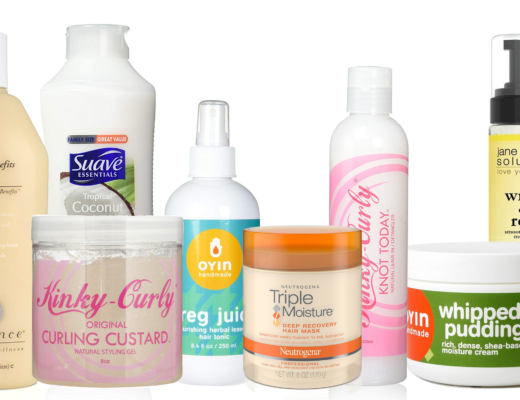
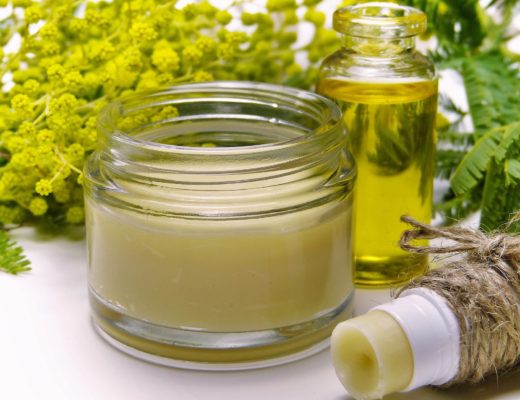
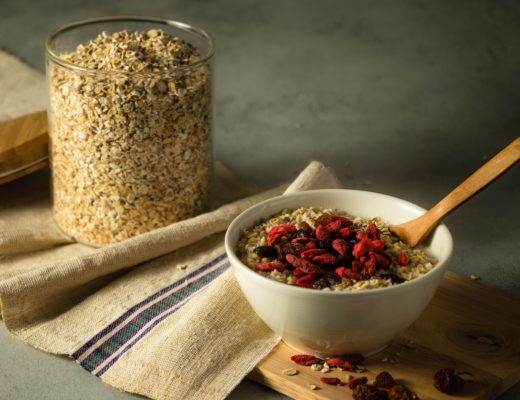

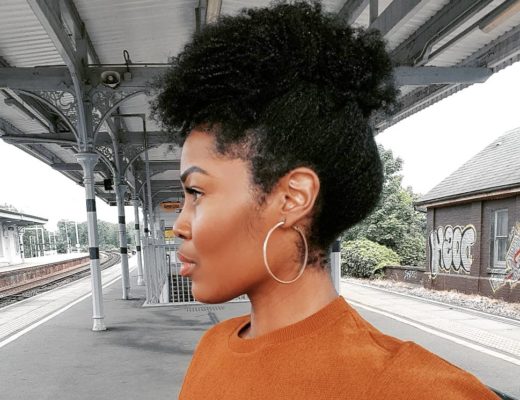
I LOVE LOVE ❣️ Both Jamaica Castor Oil🔥 and Haiti Castor Oil💛, they both strong. They Heal My Scalp!
Thank You, Good! 🏆